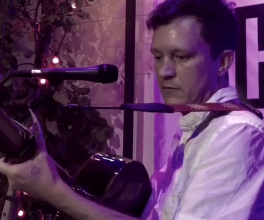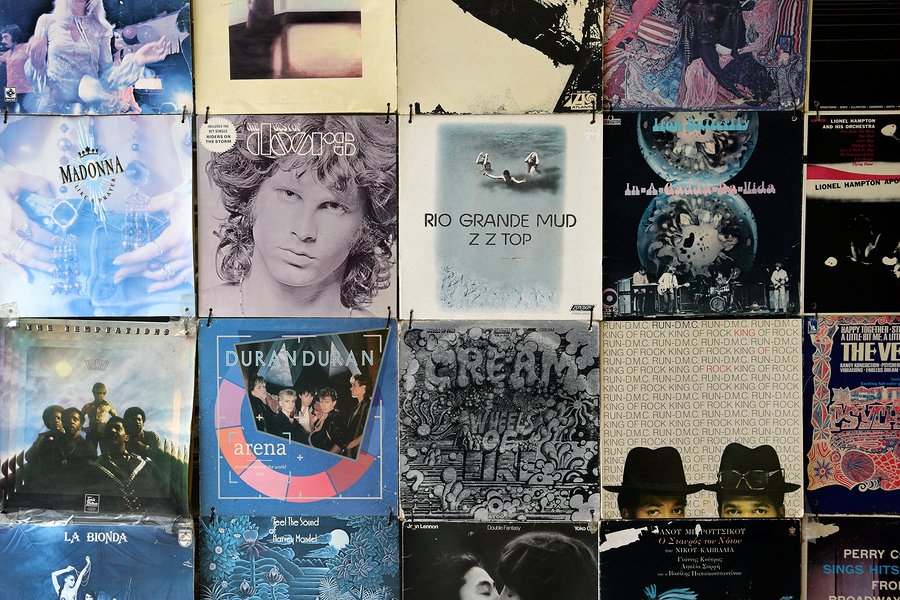I’ve been playing a lot of music lately. Maybe not more than I’ve ever previously played but almost as much as I’ve ever played. One reason is that I got a new ukulele a few months ago. While I’ve owned a ukulele for a long time, it has only appeared on one song of one album that I’ve made. This new ukulele made a difference like any new instrument does: it’s forced me to translate what I know from guitar to a new instrument. But it’s had an unexpected effect as well: I’ve expanded my musical knowledge and had to work to translate that to guitar.
The same thing has happened to me in some form when I went from an electric guitar to an acoustic guitar as my main instrument, when I bought a Spanish (nylon string) guitar, and when I picked up a three-quarter scale, “baby” guitar.
I remember when I brought the Spanish guitar home, I just laid on my floor playing every song I knew for hours after I should have gone to sleep. That feeling of bringing what you know into uncharted waters is inspirational in itself. Your brain is working as hard as your fingers, trying to figure out how to make something you know sounds good on another instrument sound good on the new one. You’re being taught by that instrument in that moment.
An old friend of mine has a similar story. A multi-instrumentalist since he was a child, he’s always written songs on guitar even though he doesn’t think of himself as a “guitar player.” Several years ago, he tuned a guitar up a fourth (bottom to top: A-D-G-C-E-A) and hasn’t looked back. That changed the range of his playing and singing. He later picked up a tenor guitar (tuned in fifths: C-G-D-A) and had a similar moment of discovery.
If you can’t afford a new instrument, try new tunings. Just writing this column, I learned about “all fourths tuning” when I searched to see if there was a name for the up a fourth tuning. “All fourths” is intriguing because it eliminates that one weird interval in standard guitar tunings between the third and second strings.
Keith Richards has told the story of how 5-string open G tuning totally changed his playing many times. It’s another great experiment in changing your relationship to the instrument.
If you want to watch Keith put a guitar in this tuning, here’s an awesome example:
If you really want to experiment with tunings, you could go the Sonic Youth route, though it may seem they relearned how to tune with every song.
New instruments or new tunings get us out of that rut that we develop playing (or writing) the same songs on one instrument. Too many times our gearhead instinct kicks in when we’re bored and we end up with another version of the instrument we already play. I encourage you to branch out and see what kind of music you can make on a new instrument or in a new tuning. Pro-actively changing your relationship to your instrument will teach you more about music and your approach to it than a new guitar made of a different wood will.












































Comments
No comment